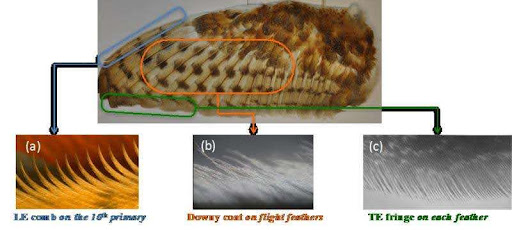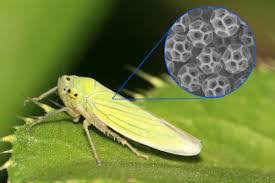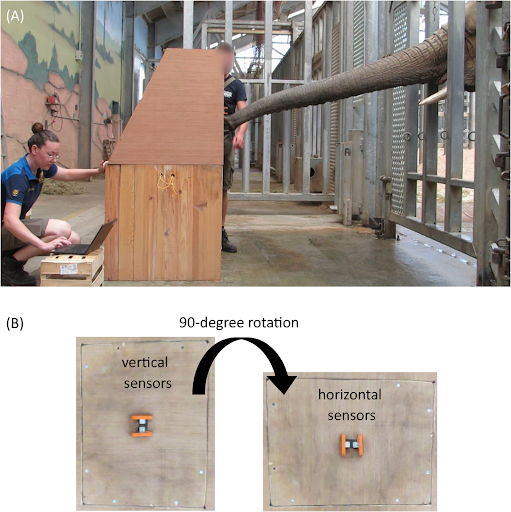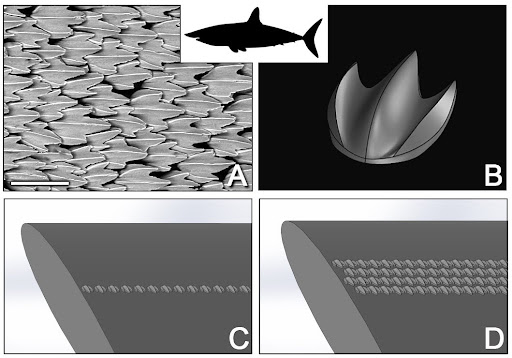Innovations
Cats and Cameras
South Korea’s Gwangju Institute of Science and Technology created a camera based off of the structure of cat eyes that can see images through camouflage and dimly-lit areas. Cat’s eyes can see so well in all sorts of light conditions because their pupils control the light that enters it, and filter out distracting or excessively noisy backgrounds. A piece behind the pupil called the tapetum lucidum reflects the light through the retina, enhancing the cat’s vision. The device built mimics this structure by using a vertical camera lens and reflectors behind the lens that make images easier to read in lowly lit environments. While the vertical pupil limits the camera’s field of vision, it still filters out “redundant information” and has sensitivity to a much wider range of lighting. The camera also still needs to be refined to have a higher-quality pixel resolution. This development can be a cheaper solution for imaging in autonomous cars, drones, and moving robots. Read more at:
Owls and Aircrafts

Anupam Sharma is an assistant professor at Iowa State University working in aeroacoustics (noise related to airflow). Sharma wondered if owl wings could help engineers design quieter flights on airplanes, as owls are known to be silent gliders and flappers in flight. He explains that this phenomenon is because of a “hush kit” that owls possess, consisting of 3 parts: fine, comb-like structures at very edge of the wing, a flexible, porous fringe on feathers at the bottom edges of the wing, and a downward-facing coat on flight feathers. Using computer simulations, Sharma showed that airfoils on airplanes with thin “finlets” inspired by owl feathers reduced sound by 5 decibels, without losing quality of the way the plane flew. This study’s findings can be helpful in creating silent air vehicles, and in improving transportation, trade, and national defense. Read more at:
https://techxplore.com/news/2017-08-owl-wings-bio-inspired-ideas-quieter.html
Leafhoppers and Invisibility


Researchers at Penn State University have found out a potential key to invisibility technology through the biochemistry of leafhoppers, a common backyard insect. Leafhoppers naturally secrete a substance made up of particles called brochosomes and coat themselves with it. The Penn State research team, led by Tak-Sing Wong, created a synthetic version of this substance, finding that the hollow particles absorb just enough UV to reduce light reflection by up to 94%. Although leafhoppers most likely use this method to avoid predators, this discovery could help humans create invisibility cloaking devices, advanced sunscreens, and more. Read more at:
Elephants and Robot Arms

Pauline Costes lead a group of scientists that researched how elephant trunks can improve the grip, force, and precision of robot arms. Elephants’ trunks are known to be versatile, strong and precise due to their makeup entirely of muscle & nerves. The tips of their trunks are especially unique because of their finger-like protrusions: a pointy one on top and a shorter, rounded one below it. This research is specifically applicable to soft robotics, which is the field of robotics dealing with flexible, organically shaped materials, typically inspired by biology.
The study developed devices to test on the tips of elephant trunks while picking up apples. These devices measured the maximum pinch force the trunks exerted at 84 newtons (just under twice of that of a human’s thumb and forefinger pinch), while sensors placed horizontally and vertically helped scientists deduct that the tip of the trunk can actually morph its shape according to the shape of the object it picks up. By basing soft grippers of robots off elephant trunks, soft robotics can be more helpful in advancement of some surgeries, handling unusual industrial objects, researching/exploring environments that humans can’t access, and more careful harvesting in agriculture.
https://asknature.org/innovation/flexible-gripper-inspired-by-the-elephant-trunk/
Tree Frogs and Tiny Robots
Professor Anne Neville at the University of Leeds is conducting research on the feet of tree frogs, which is inspiring a tiny robot that could harmlessly climb inside patients and help surgeons while performing minimally invasive surgeries. According to Neville’s research, tree frogs can stick to trees and climb so well because they have hexagonal channels on their feet that create an adhesion force through a minimal amount of liquid between the surfaces. Using a similar prototype to this structure, a robot is being developed that can grip slipper tissue inside the abdominal cavity and provide the surgeon with live video footage of their current procedure. The current prototype has 4 feet that can grab 15 grams per centimeter, and weighs 20 grams. It is hoped to be shrunked down to 20 cubed millimeters in volume.
Sharks and Swimsuits

Scientists have been using shark skin as a model to improve transportation, medicine, and swimming gear. The reason has to do with physics and biology. When an object is moving in water, the water typically flows slower at the surface of the object compared to the water moving away from the object. On smoother surfaces, the difference in speed between the colliding forces causes the water to break into little whirlpools that slow down the moving object. The texture of shark skin defies this system. Sharks have tiny, overlapping scales called dermal denticles on their skin. Each scale has rows of microscopic grooves that lay in line with the flow of water, pulling the faster water outside the shark into its skin with the slower water to increase the combined speed of the surrounding water. The denticles also breakup the whirlpools around the shark skin, reducing the drag. Speedo’s swimsuits based off of this phenomenon, called fastskin, have performed well during the 2000 Summer Olympics. 80% of swimming medals and 13 of 15 of world records broken that year were earned by athletes wearing the fastskin suit. Read more at:
https://illumin.usc.edu/from-shark-skin-to-speed/
https://oacasinnovations.weebly.com/background.html
Beetles and Water Collection
Water scarcity is an issue for many and is seen as a global problem. But some species of Namib Desert Beetles can pull water from thin air. In fog, beetles extract the water by using the pattern of hydrophilic (water-loving) bumps and hydrophobic (water-fearing) channels on their shells that work together to extract water from the air. The bumps collect the water, then when the beetle leans forward all the water pours from the channels into its mouth. Scientists and Researchers are studying the shape and texture of their shells, to make a material that can mimic the shells. The action of collecting and transferring. There have been various bioinspired innovations from beetle shells, most notably infinite cooling which can help save customers money and gallons of water.
Mussels for Underwater Adhesives
Poly (catechol) styrene (PCS) is a non-toxic adhesive developed by Mussel Polymers Inc. The adhesive mimics the protein that mussels use to adhere to marine surfaces. This innovation was created to bind things in wet environments and enhance the binding strength of already existing adhesives. The company focuses on adhesive markets such as dental, defense, coral, and electronics. It bonds to many surfaces, but the company is focusing its use on the restoration of coral since that is a huge issue in the world of conserving ecosystems, they use their Seatak for underwater projects. It’s important to develop products that help us restore materials, especially when they need to function correctly in water.
Check out the company https://www.musselpolymers.com/
Kingfisher Beak for Faster and Quieter Bullet Trains
In 1989 Japan’s Shinkansen Bullet Train was already going fast but the problem was when the train would exit a tunnel there was a loud boom, that could be heard up to 400 meters away. Though a few things were making the train so loud, they found that when the train sped into a tunnel it pushed compressed waves of atmospheric pressure right out the other end. This was especially an issue because it was heard frequently throughout dense residential areas. An engineering team was brought in to design a quieter, faster, and more efficient train without sacrificing the current speed or using more energy. On the team, there was Eiji Nakatsu the general manager of technical development and also a bird watcher. This train was inspired not only by one but many birds, including the Owl, Adelie Penguin, and most notably the Kingfisher. Since the Kingfisher dives into the water to catch its prey, the unique shape of the beak allows the bird to do that with barely a splash. Nakatsu’s team created and shot bullets in the shapes of different train nose shapes down a pipe to measure the pressure waves, the quietist one was the design modeled closely to the Kingfisher. The redesigned train debuted in 1997, 10% faster, 15% less electricity usage, and the noise stayed under 70 dB in residential areas.